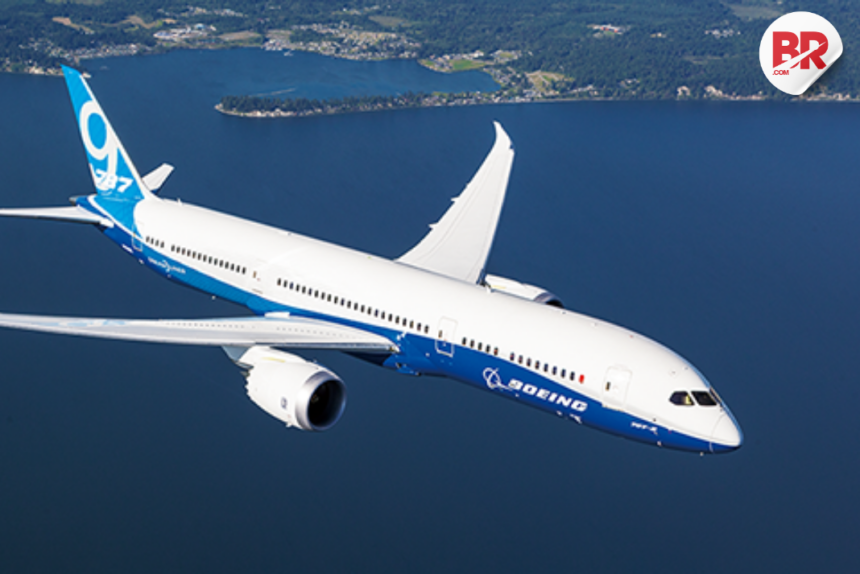
Out of the 1,189 Boeing Dreamliners delivered worldwide by June 2025, India holds just a 2.8% share—receiving 33 aircraft. In contrast, the United States alone has taken 292, or nearly a quarter of all deliveries. Japan follows with 141 (11.9%), and China with 105 (8.8%), according to Boeing data.
That means nearly 4 in every 10 Dreamliners flying today are in just these three countries.

So, what does this mean for us?
India’s ninth-place position shows we’re still playing catch-up in long-haul aviation muscle. Yes, 33 Dreamliners is progress—but it’s a modest number compared to the heavyweights. Countries like the UK (77), Singapore (58), and even Qatar (53) are ahead.
The Dreamliner is not just any aircraft—it’s Boeing’s fuel-efficient, long-distance workhorse. Owning more of them often means more international reach, better routes, and higher prestige for airlines.
And let’s be real: with Air India now merging with Vistara, there’s hope for stronger fleets—but it’s not a lead story yet.
India’s Boeing Journey: From 2012 to 2025
India received its first Dreamliner in September 2012, flown by Air India. Vistara joined the party much later, taking delivery of a Boeing 787-9 in March 2024. It had also picked up three aircraft in 2023. But even with all that, the country still lags behind in the Dreamliner race.
Meanwhile, in 2025 alone, 28 Dreamliners were delivered globally, with Qatar Airways getting three, and two going to US-based carriers.
Also Read Air India Flight to London Crashes Near Ahmedabad, 242 Onboard
Boeing Dreamliner in the Spotlight—For All the Wrong Reasons
Sadly, the Dreamliner made headlines for a tragic reason. An Air India Boeing 787-8 crashed near Ahmedabad airport shortly after takeoff, killing 242 people. It was the first fatal crash involving a Dreamliner since the aircraft entered service in 2007.
Following the crash, Boeing shares tumbled during pre-market trading on June 12. This came right after the company bagged a major deal for 300 new aircraft. Currently, 948 Dreamliners are still pending delivery.
Adding fuel to the turbulence, GE Aerospace, which supplies engines for nearly two-thirds of the Dreamliner fleet (including the crashed one), also saw a 4% dip in stock value.
So What Now?
While the tragedy is a harsh reminder of aviation risks, it also spotlights India’s need to invest smartly in both quantity and quality of aircraft. Dreamliners are essential for modern fleets, but they’re not immune to oversight or aging.
The skies may be global, but the numbers tell a grounded story: India’s got some catching up to do in the Dreamliner game.
Also Read SHOCKING EXPOSE: Flyer Warned of Faulty Air India Jet Hours Before Crash!












